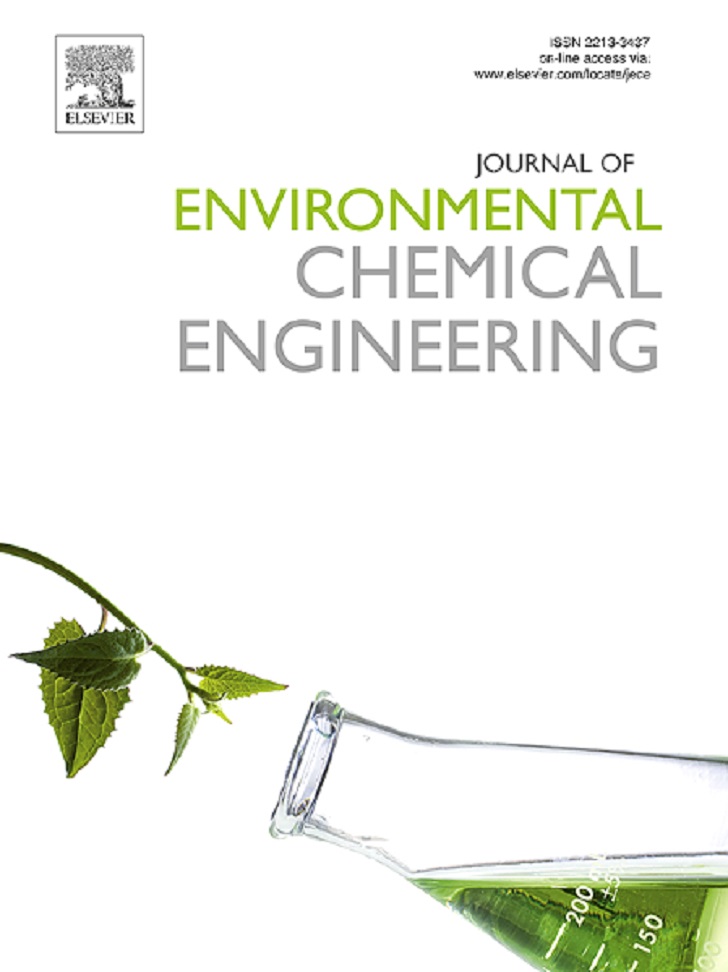
The research article 'Membrane filtration, activated sludge and solar photocatalytic technologies for the effective treatment of table olive processing wastewater' has been published in the Journal of Environmental Chemical Engineering (Volume 9, Issue 4, August 2021, 105743).
Abstract
The table olive industry produces a high quantity of wastewater (TOPW) whose management represents a challenge due to its environmental risk. TOPW samples from an industrial site were characterized and different individual and integrated treatment methods were applied and their efficiency compared. Aerobic biodegradation (i.e., activated sludge) and TiO2 solar photocatalysis were not able to effectively treat raw TOPW mainly due to slow organic matter removal and excessive electrical conductivity (EC) of the resulting effluents (c.a. 10 mS·cm−1). Reverse osmosis (RO) and nanofiltration (NF) treatments of TOPW, however, showed good results in terms of removals of chemical oxygen demand (COD, 82–93%), total phenols (TP, 81–100%) and EC (60–98%). The effects of several pre-treatments of TOPW (i.e., microfiltration, coagulation-flocculation, biodegradation and solar photocatalysis) on the performance of NF and RO membranes were studied. MF pre-treatment increased the permeate flux recovery in NF and allowed the membrane to be satisfactorily reused. The NF effluent could be successfully subjected to either aerobic biodegradation or solar TiO2 photocatalytic post-treatment in order to fulfill requirements for discharge into the municipal sewage system.






